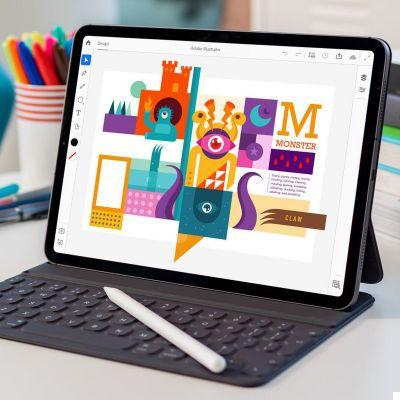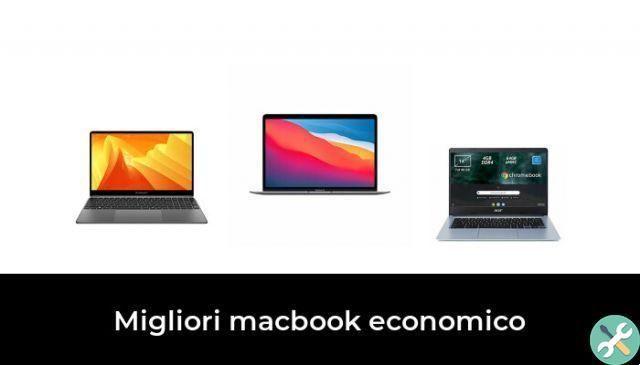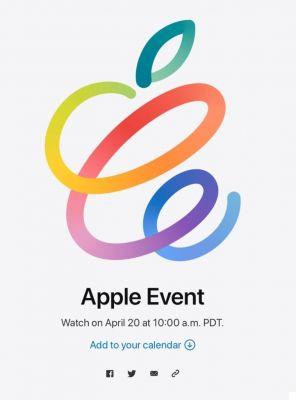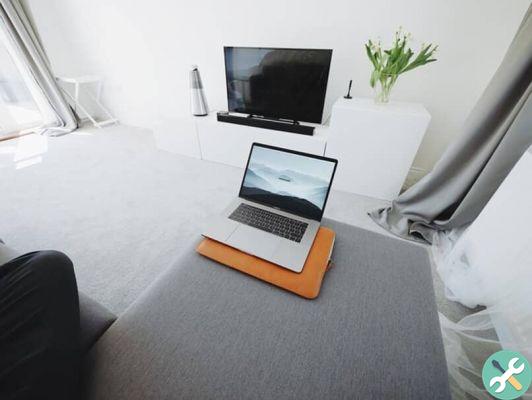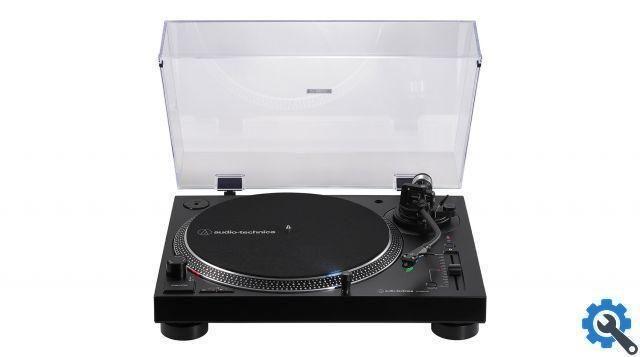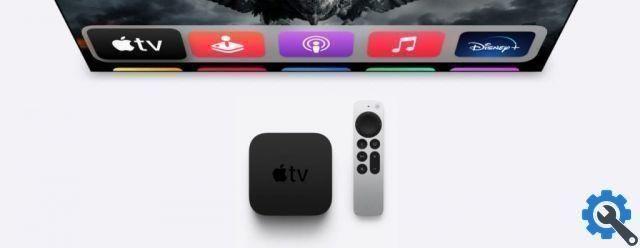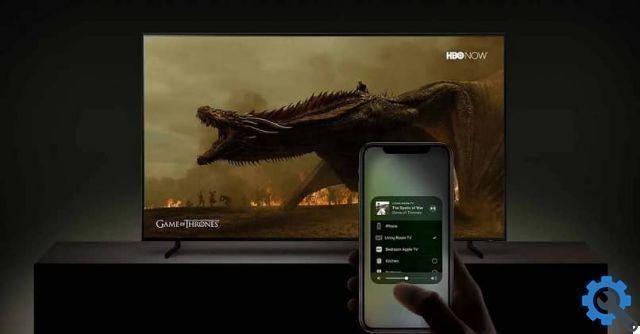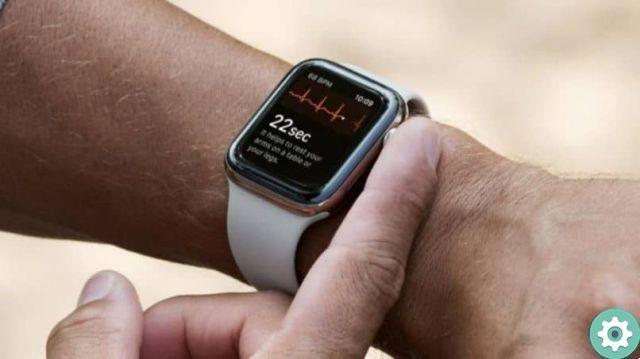As on so many other occasions, that May 19, 2001, no one realized that Apple had forever changed the rules of another industry.
For reporters this was a new episode of Steve Jobs playing his own game, ignoring established rules and going it alone.
It was impossible for everyone to succeed, and the most daring (those who always know everything) assured that this would be the grave of Apple's incipient economic recovery.
Apple before the Apple Store
In May 1998, the iMac was launched, the "big hit" that revitalized Apple, proving it might not be shut down soon and giving it a commercial "talk" that got it back on track.
The iPod wouldn't be released until October 2001, which is several months after the first two stores opened.
The software market for Apple was languishing, if not downward, with the exception of the iMac, Apple had lost much of its market share in its traditional niches and was not counted elsewhere.
It would have to wait until May 24, 2001 for Macs to start enjoying the UNIX architecture of Mac OS X, in a slow and essential first version, which has coexisted with Mac OS 9 for years while the programs adopted the new architecture - which showed how small incentive they had to do so.
So when the first Apple store opened, they had only one product that could be called "popular": the iMac. The rest was a practically ruined business.
However, Jobs's provocative madness led him to bring the Apple experience directly to customers, avoiding middlemen.
Selling consumer products before the Apple Store
At the beginning of the 21st century, the concept of an exclusive shop did not exist - in general - unless high fashion is accepted as an example.
They were all shopping malls, multi-brand stores, and stores within stores.
No one had enough products to dare to offer a complete customer experience in a way that paid off, so tradition dictated that it was better to group together to take up more space and capture all passersby.
Apple has always maintained its own chain of distributors (which in itself is an anomaly within the commercial world) and, although the decision to open its stores has caused a "radioactive bomb" effect, so wherever it has been opened a store owned by Apple no other distributor has managed to survive, the truth is that the notoriety of the brand has worked wonders for people all over the world who wanted to buy a product with a bitten apple printed somewhere on the frame.
The support offered in malls and large computer stores was patchy - to be soft - and often depended on the time it took before someone at Apple visited them to update their knowledge.
To further disappoint potential customers, the commissions offered by Windows PC manufacturers and their aggressive promotions on many occasions have caused the seller to divert the buyer's initial intention to non-Apple products that left him more commissions or in which he had a turnover figure to be achieved.
At the beginning of 1997 Steve Jobs decided that this experience had to be controlled and began to migrate the Apple spaces in the "store within the store" format, that is areas decorated, maintained and assisted as if they were Apple, with staff at work exclusively for her.
This format continues to exist today, although knowledge of Apple's business, its products, and the generalization of the Internet makes it easier for sellers without a specific specialization to sell.
The Apple Store turns 3
Six design lessons from the Apple Store
The first Apple Store
It was that desire to “own” the sales experience that prompted Jobs to develop his own concept of what an Apple store should be like.
To do this, he hired Ron Johnson, who hailed from Target stores, to lead the project in early 2000.
Respecting the secrecy surrounding the company, they occupied an empty warehouse and built the large-scale shop inside so they could experience everything.
Steve has put together everything it takes to satisfy a Mac user: hardware, software, services, and even technical support.
Crucial were the tables where you could try the products without a salesperson prompting you to know what you want to buy.
From computers connected to the store's free Wi-Fi, you can do whatever you want: ask for a pizza delivery to the store, chat with your friends or set up your username on a computer to read and reply to your email.
No matter how long you had been on your computer, no one would come and ask if you wanted to buy anything.
At first they even gave you a bottle of mineral water while you waited to be served at the Genius Bar!
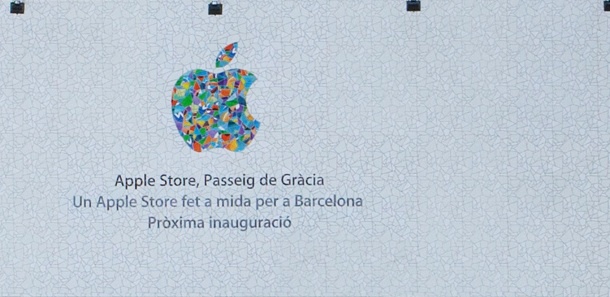
On its XNUMXth anniversary, ten figures from the Apple Stores
The inauguration of the Apple Store in Madrid, on
Apple Store twenty years later
Tens of thousands of people drop by Apple stores every day to shop, browse, learn, or just wait for friends to arrive.
Apple Stores have become meeting places, where you can do many things without feeling obliged to buy.
Apple has continued to innovate, such as in the elimination of payment boxes, in the restoration of the unique buildings in which it puts its stores (in the Apple Store in Puerta del Sol in Madrid, the same type of granite was used on the floor there. it is on the pavements of the square so there was hardly any boundary between being in or out of the shop, etc.
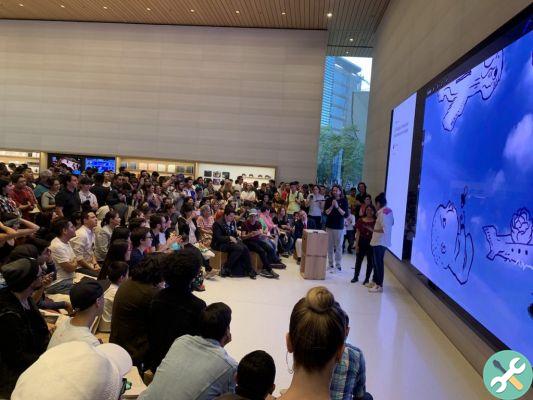
Trade after the Apple Store
Today it is normal to see shops owned by big brands: sports, cars, telephones… it seems that everyone wants to be masters of the experience.
Many have tried (Microsoft, Dell, Sony, Samsung…) but none has managed to establish an empire with its physical presence like Apple.
Over the next twenty years, Apple Stores will continue to evolve: virtual reality glasses, cars, new healthcare devices… will take shape and find places to meet users that we can't even imagine from our current experience.
But it is definitely worth seeing!




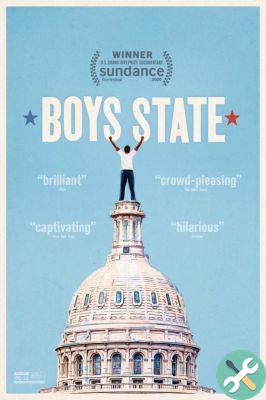
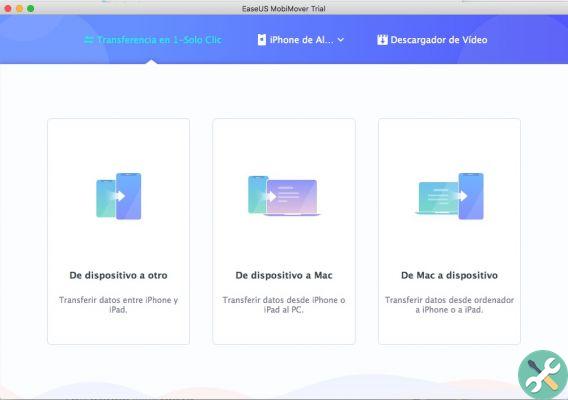
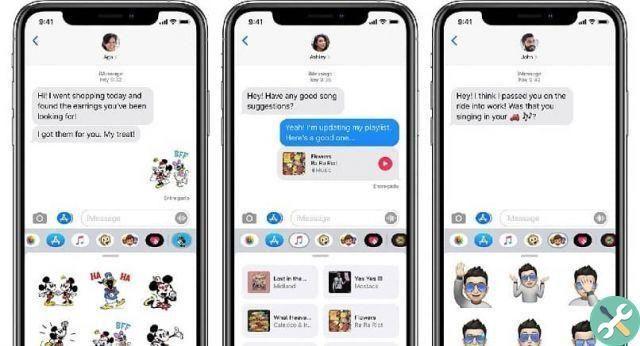

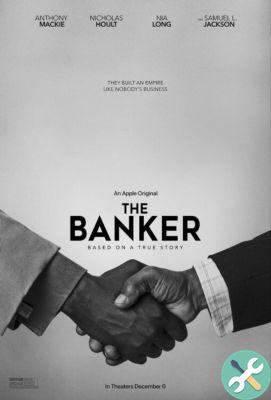


![Google also wants your Apple News [Updated] [2]](/images/posts/943dc0d8f28fcc4bc16fa30ed6d71f6a-0.jpg)
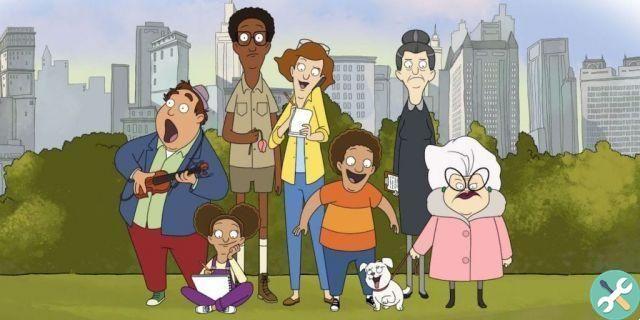
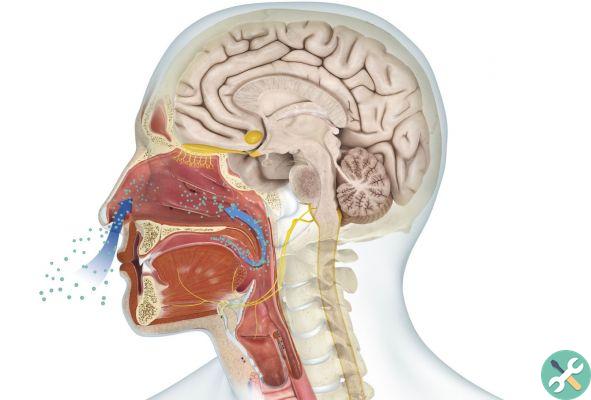

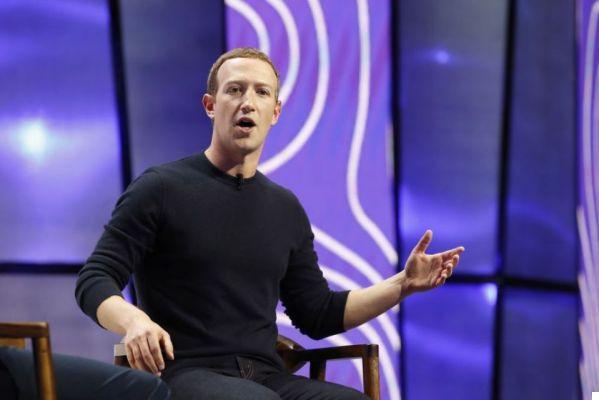
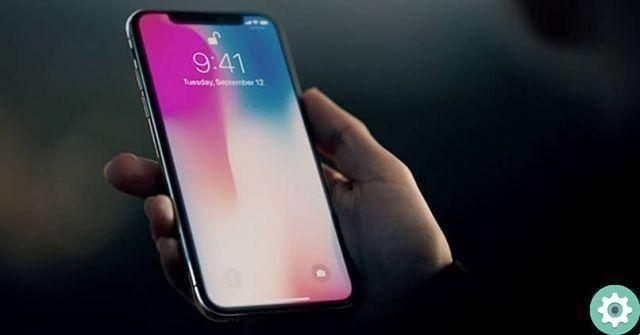
![Apple Vice Presidents Talk About Development of M1 for Mac [Updated]](/images/posts/c6254b668e5b3884d6b6338ccb8a02ff-0.jpg)
